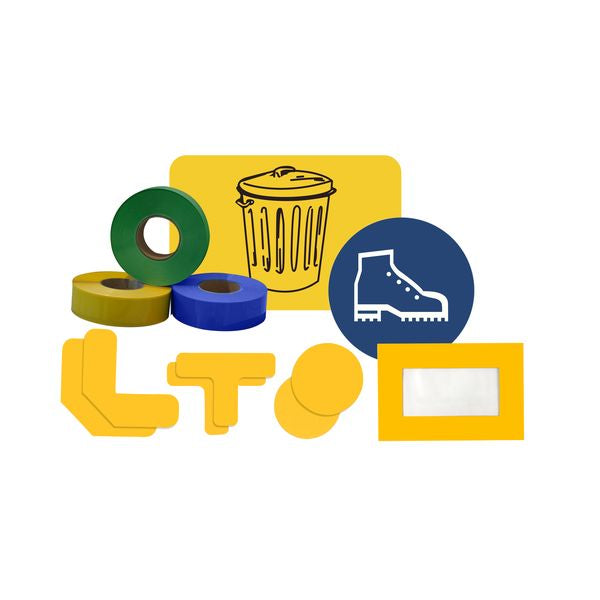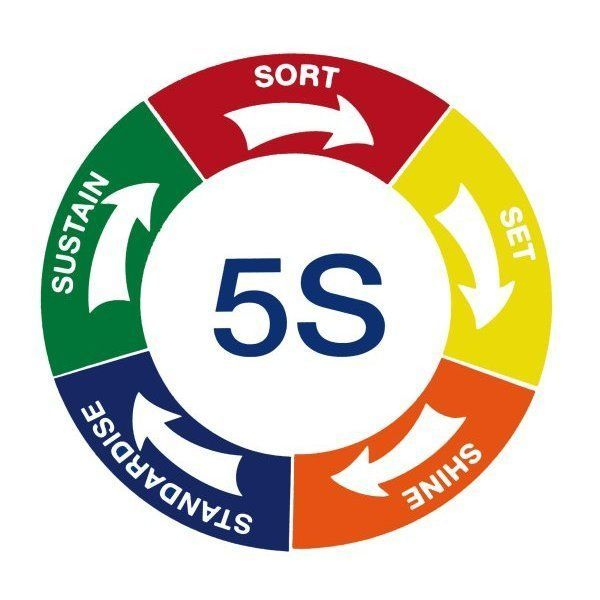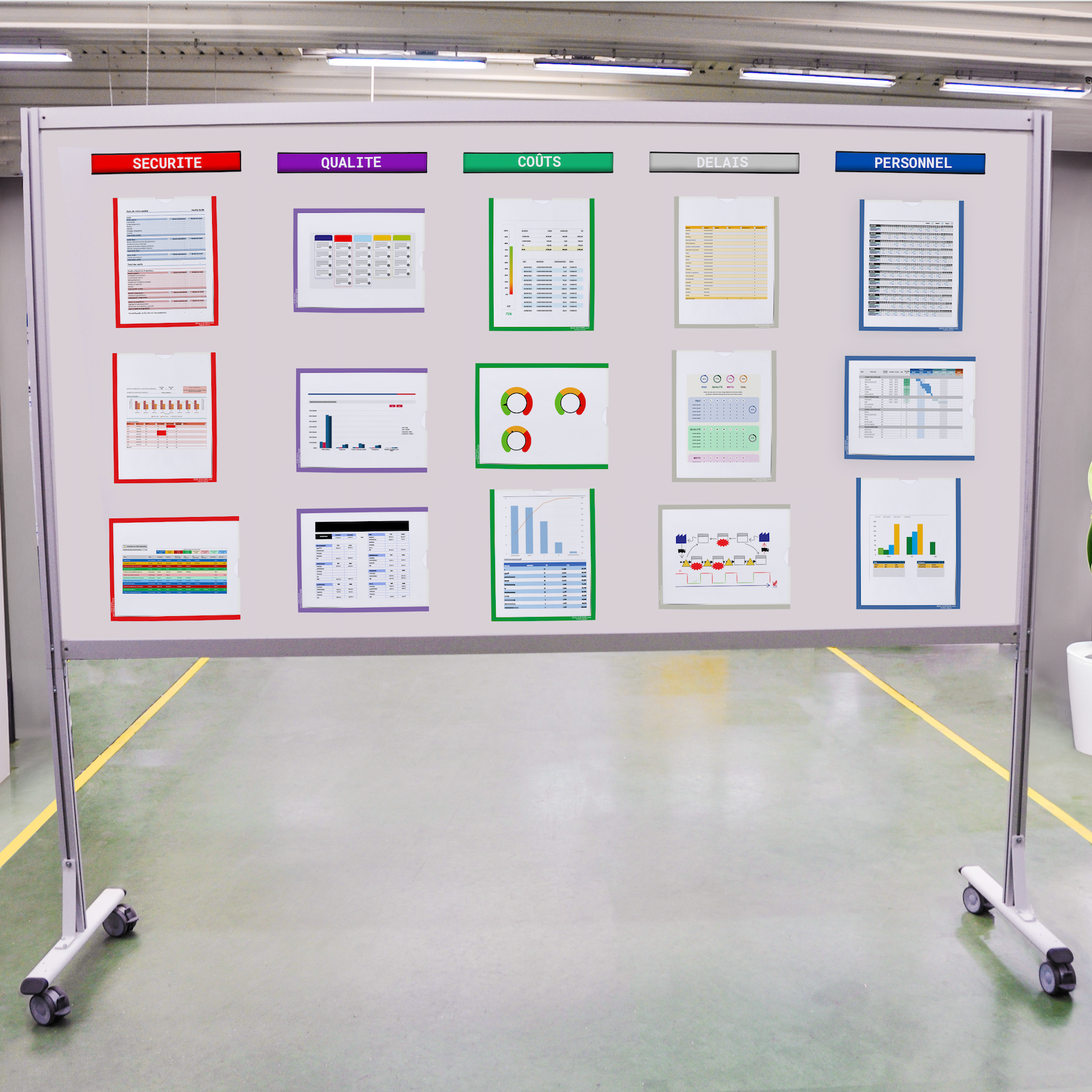The Gemba Walk is a LEAN Management solution that brings production floor issues to management, allowing for process improvement insights and the implementation of best practices.
What is a Gemba Walk?
A Gemba Walk is a vital practice in managing production and quality in industry. Originating from Japan, "Gemba" means "the real place." Popularized by the Toyota Production System, this “company tour” involves going to the field—where actual work happens—to observe, understand, and improve processes. Organizing an effective Gemba Walk requires careful preparation, planning, and a systematic approach to maximize its benefits.
When is a Gemba Walk Relevant?
First, it’s essential to define the Gemba Walk’s purpose. Objectives may include identifying process improvement opportunities, detecting sources of waste, assessing compliance with safety or quality standards, or simply strengthening relationships with on-site teams. With a clear objective in mind, participants can focus on the most relevant aspects during their visit.
Who Should Conduct the Gemba Walk?
Choosing the right participants is key. Ideally, representatives from management (or even the CEO), production managers, quality specialists, and field operators should take part. The aim is to gather diverse perspectives from all levels, facilitating a more comprehensive understanding of the challenges and opportunities on the floor.
How to Prepare Effectively
Before starting a Gemba Walk, it’s best to prepare a visit plan. This plan should include a list of areas or departments to visit, questions to ask operators, and key performance indicators to monitor. Effective planning ensures time on-site is optimized and that participants focus on essential aspects. The better the preparation, the more relevant the Gemba Walk outcomes. Additionally, consider the tools for gathering information. Using a digital device like SESA SYSTEMS' E-STATION tablet allows for easy digital data collection and the attachment of photos to support observations. If not available, a notebook and pencil can suffice.
How Does the Gemba Walk Proceed?
During the Gemba Walk, it’s essential to follow certain best practices. Start by carefully observing the processes in action without disrupting the operators. The main goals are to observe, understand, and ask open-ended questions that encourage discussion. Avoiding closed questions helps participants obtain valuable insights into on-site challenges and opportunities. Taking notes and photos can help document observations and track trends over time, but it’s essential not to overdo it.
After the Gemba Walk, implementing corrective actions or improvement initiatives based on observations is crucial. This may include introducing new procedures, providing additional training for operators, or modifying the plant layout to enhance workflow. Regular follow-ups are necessary to assess the impact of these actions and adjust strategies as needed.
What to Do After the Gemba Walk?
Following the initial Gemba Walk, promoting a Gemba Walk culture within the organization is essential. From the ground floor to the top levels, encourage participation across all hierarchy levels and value employees' on-site contributions to strengthen engagement and drive innovation. For real effectiveness, the Gemba Walk should not be a one-time experiment but rather a lasting part of company management. Incorporating the Gemba Walk into regular management routines enables the company to continuously improve processes and maintain a competitive edge in the market. However, caution is necessary to avoid potential pitfalls. The practice should not turn into a “hierarchical control tour” where managers merely inspect production work without meaningful exchange. When information flows only one way, improvement opportunities become invisible, rendering the practice ineffective.
Key Takeaways
Organizing an effective Gemba Walk in industry requires careful planning, active employee participation, and continuous management commitment. The aim during the visit is to gather as much information as possible through open discussion. Then, implement improvements based on observed needs (processes, layout, training, etc.). By adopting this LEAN approach focused on the field, organizations can identify improvement opportunities and strengthen relationships with employees. This also helps prevent the disconnection of management from on-site realities, which often leads to irrelevant decisions and hierarchical tension. Finally, regular, effective Gemba Walks help maintain a strong competitive position in an ever-evolving environment.




